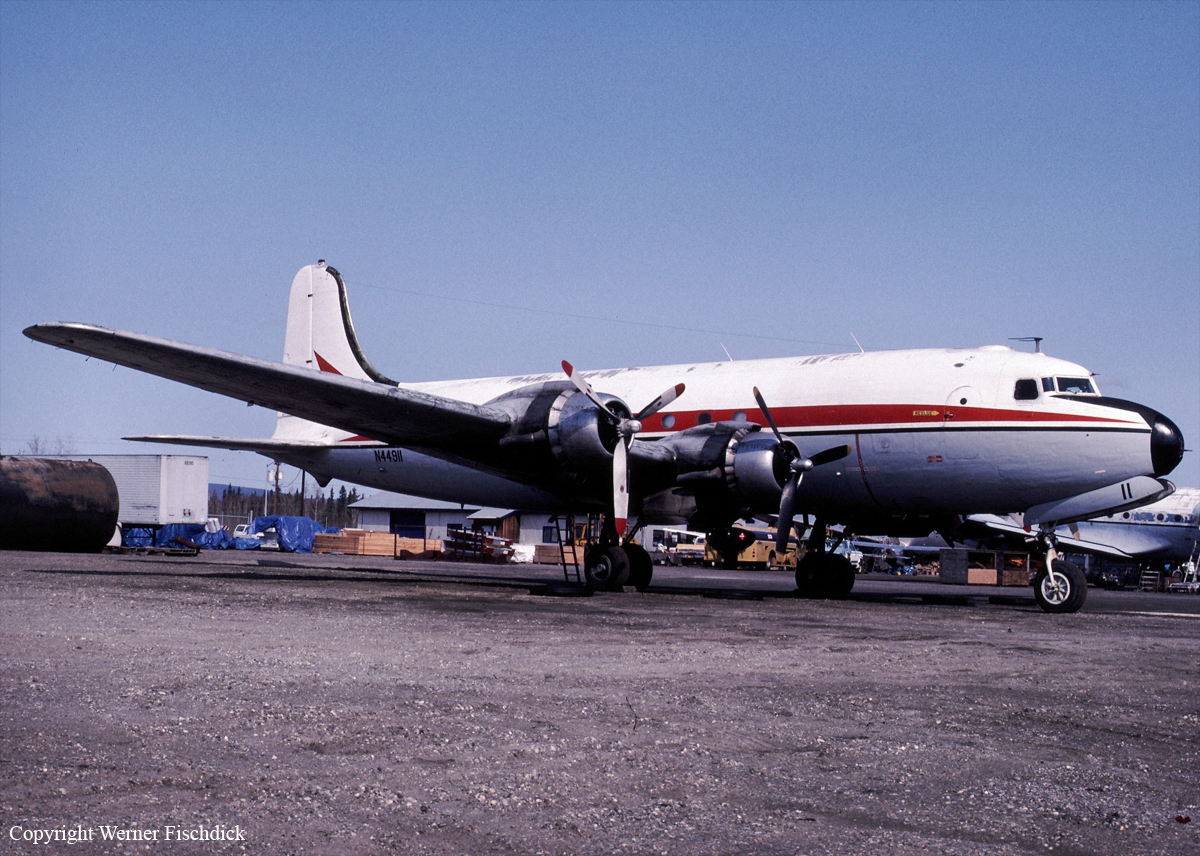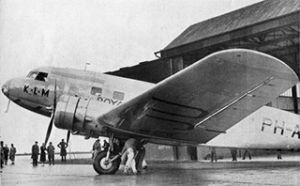

Usual cruise speeds are around 120 to 125 knots, and climb speeds of 1,000 to 1,750 feet per minute! This is a hearty plane that handles short and soft field take off and landing with a breeze. The engine is so powerful for its size, it is hard to put more people and fuel in the plane than it can hold. All versions of the T-41 have fixed landing gear. It is only slightly different than the T-41D which also incorporates a variable pitch propeller. The T-41C can best be described as a C-172 on steroids. The T-41C's, unlike the T-41As with the old 145hp, have a monster 210hp engine. The T-41 program was consolidated Air Force-wide at Hondo, Texas, in 1973. In 19 the USAF Academy acquired 52 T-41Cs, with more powerful engines, for cadet flight training. Cadets in the program fly approximately 21.2 hours dual and solo, and receive their first US Air Force flight check. The Air Force Academy acquired the T-41C in 1968 for use in its pilot indoctrination program, which allows cadets to experience in an aerial environment principles learned in other academic courses. Most went into service at various civilian contract flight schools, each located near one of Air Training Command's Undergradute Pilot Training (UPT) bases.Ī more powerful version, designated T-41C, is used for cadet flight training at the United States Air Force Academy. Beginning in August 1965 the propeller-driven Cessna T-41 Mescalero provided 30 hours of what was, for many pilots, their first flights. The Air Force began receiving the T- 41A in September 1964. The first 170 T-41As were ordered in 1964, and an additional 34 were ordered in 1967. Pilot candidates train for approximately 14 hours in the T-41A before passing on to T-37 primary jet training at one of the six Air Force pilot training schools. The screening is conducted at Hondo, Texas. The T-41A model is used by Air Training Command for preliminary flight screening of Air Force pilot candidates before their entry into undergraduate pilot training. The zero-lift drag coefficient of the Skyhawk is 0.0319 as compared with 0.0358 for the Cherokee, and the maximum lift-drag ratios for the two aircraft are 11.6 and 10.0, respectively. These values are in the same order as those shown in table III for the Piper Cherokee. The gross weight of the Cessna Skyhawk is 2300 pounds, and the wing loading and power loading are 13.1 pounds per square foot and 15.3 pounds per horsepower, respectively. The stalling speed with the flaps deflected is 49 miles per hour. The Skyhawk has a maximum speed of 144 miles per hour and cruises at 138 miles per hour at 8000 feet. Unlike the Cherokee 180, however, the Cessna Skyhawk is a high-wing configuration with a single wing strut on either side of the fuselage to brace the wing. The Skyhawk, like the Cherokee 180, is equipped with a fixed tricycle landing gear and has a four-cylinder, horizontally opposed engine driving a fixed-pitch propeller.
#C 41 AIRCRAFT SERIES#
The Cessna Skyhawk is one of the lower cost members of an entire series of Cessna aircraft of the same basic configuration. This is a great all around aircraft for anyone who wants to fly cheap and take friends with them. Still docile and forgiving, this plane is great for training for bigger people, gaining flight experience, or as a transition for larger more complex aircraft. It was designed to have mom, dad and the two kids.
#C 41 AIRCRAFT FULL#
Like the Cherokee, it can hold 3 adults or full tanks due to weight restrictions, but has a little more payload to play with making this less of a problem. It is the usual step up for most pilots from the 152 for obvious reasons, such as a larger cockpit and 2 more seats and a faster cruise. It flies and handles much like a 152, with many of the same associated problems and benefits, but has higher control forces and is much larger overall. It has a cruise of about 105-110 knots and can climb between 500 and 800 feet per minute. It is a four seat, braced high wing aircraft with 145 hp. Much like the Piper Cherokee in nature, the Cessna 172 is the Cessna family plane. The Air Force began replacing the T-41 with a more advanced aircraft capable of aerobatics beginning in 1993.


The T-41 trainer is equipped with avionics and other equipment consistent with military missions. It is used primarily for pilot candidate screening. The T-41 Mescalero, a short-range, high-wing trainer aircraft, is the military version of the Cessna 172 Skyhawk.


 0 kommentar(er)
0 kommentar(er)
